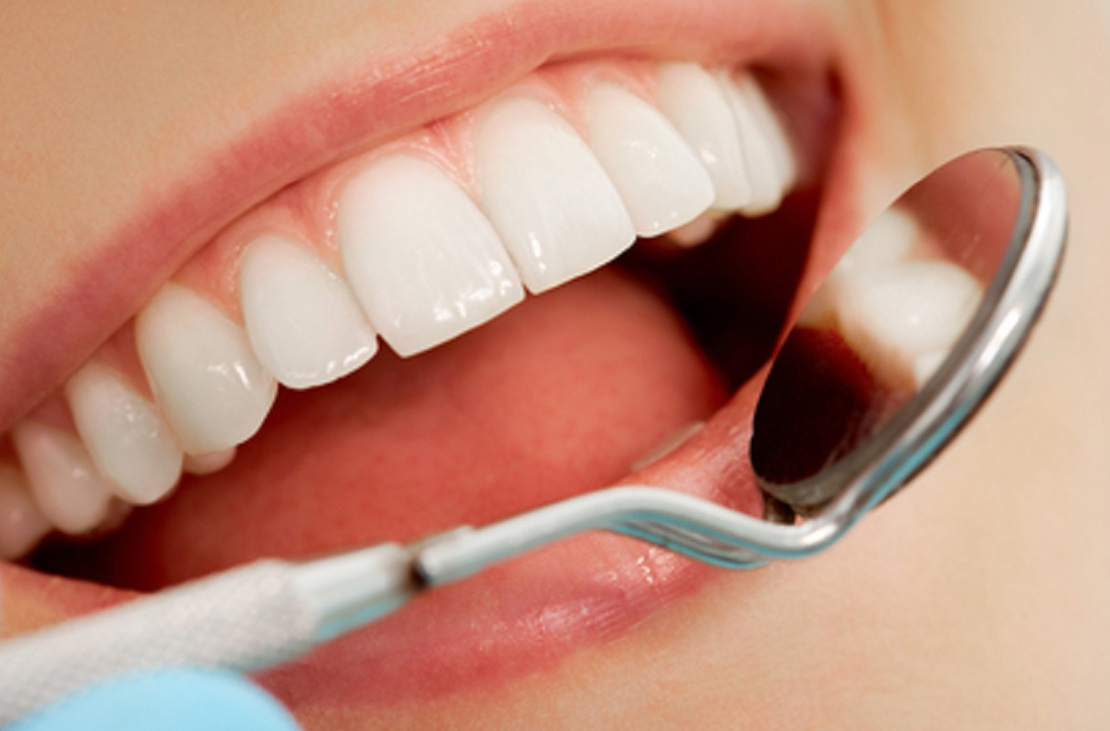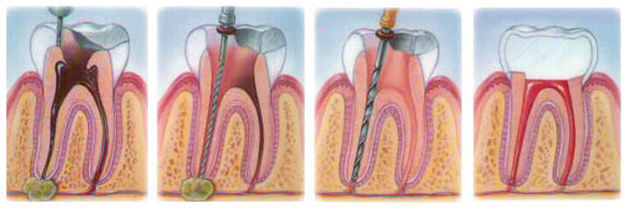
Modern dental treatments nowadays have nothing in common with the procedures that patients of any dental clinic had to endure in the twentieth century.
In the battle for the customer, dental clinics strived to make treatment painless and comfortable, which gave a strong impetus to the development of "pain-free" technologies in treatment. Now you don't have to walk around with a swollen face for a week after pulpitis or periodontal disease treatment - serious procedures can be performed in one visit. Here are some manipulations that can be called magic.
Modern methods of caries treatment
What is dental caries? It is a focal lesion of tooth enamel with subsequent destruction of the entire tooth hardness. Decay progresses slowly, but often many people ignore it and don't see a dentist.
The principle of treating tooth decay is simple - remove the affected tooth tissue followed by a filling. However, dental treatment technology has fortunately changed.

Almost everyone remembers the unpleasant sensations during dental treatment. The sound of the drill causes an unpleasant feeling of fear in most people and literally drives them away from the dental office.
Today, the process is much more humane. It is often possible to do without drilling at all: infiltration, ozone, air blasting or laser are used to remove dead tissue. These procedures are completely painless.
Pulpitis treatment
Pulpitis is the result of advanced tooth decay. It may come to the point where the tooth has to be extracted. Although the doctor always tries to use every opportunity to save the tooth.
More recently, the result of the treatment was a change in enamel color - the tooth turned pink. This was due to the use of certain drugs. Modern methods of dental treatment for pulpitis involve the use of such antiseptics, which both effectively "soothe" the pulp and preserve the color of the tooth after its removal.

Removal of the "nerve" and canal treatment may require local anesthesia. The insertion of the drug has always been accompanied by unpleasant sensations. However, today, technical means such as spey or gel are used to avoid discomfort. Therefore, it is possible to cure pulpitis even in the acute phase in one visit to the dentist.
Periodontitis
Periodontitis is the extreme result of tooth decay. The infection penetrates deep into the canals and these consequences are unfortunately irreversible.
But even in such neglected cases, the doctor tries to save the tooth as much as possible. Fortunately, modern means, both technical and therapeutic, help to make these procedures painless. The procedures are the same as for pulpitis, but the chances of saving the tooth are less. Therefore, you should not make the situation critical.

Modern methods of dental treatment and restoration allow you to restore a tooth that has been "battered" by periodontitis to such an extent that it is visually indistinguishable from your own teeth.
Technical means
Before starting treatment of a tooth thoroughly diagnose. Today, the dentist relies not only on his experience and intuition, but also on modern diagnostic equipment from the world's leading manufacturers. Therefore, the patient should always pay attention to the equipment of the clinic.
Microscope, computer diagnostics, orthopantomograph It is good when the clinic can make a high-quality orthopantomogram (panoramic image of teeth) and identify problems that the patient himself may not be aware of. The orthopantomograph helps to strategize treatment and monitor its progress.

Among other indispensable tools in modern dentistry, the laser stands out. This multifunctional technical tool is used in the treatment of periodontal disease (gums and peri-dental tissues), canal sterilization, plastics and dental surgery.
Its use is absolutely safe for health and significantly reduces the pain effect - after exposure to the laser is instantaneous coagulation, which means that rehabilitation is faster.
It is also worth paying attention to the presence of a laser in the clinic - if there is one, it means that in all probability the company has a good technical base and can be trusted. But it is better not to get sick and prevent the disease. To do this, don't forget to have a regular preventive checkup with your dentist at least once every six months.
